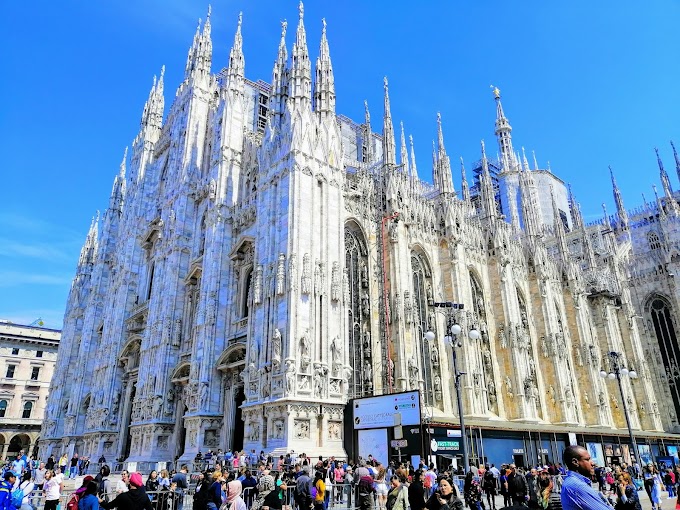 |
Dubai rejects logic. A generation ago, the windswept desert rose from the desolate desert. The world's tallest building, the Burj Khalifa, is covered with steel ribbon, glass, and is now completely unsustainable.
The world's tallest swimming pool and mosque in the 828-meter (2,717-foot) sky is said to contain enough glass to cover 17 football fields.Some Arabs, though not unreasonably, criticize the building as disgust at the assumption that Dubai is a world city.
The wonderfully designed Burj Khalifa Building by Skidmore, Owings & Merrell, Chicago, was designed not only with minarets and desert flowers but also in 1956 by Frank Lloyd Wright for Chicago's Illinois Sky-City. There was no technology or money to build such a structure. Now that it is being done, Dubai would like to see its courageous building as a technological means to link the leading role of globalization, Islam, and modernity.
But the symbol is already scarred. Before and during construction, the building was renamed Burj Dubai (Dubai Tower); Its website is still available.
The surrounding area should have been called Downtown Burge Dubai. But during the launch on Monday night, the name was suddenly changed to Burj Khalifa in honour of UAE President and Abu Dhabi governor Sheikh Khalifa bin Zayed Al Nahyan.
Last month, Abu Dhabi paid $ 10 billion to Dubai to avert a financial collapse. The name change suggests that the bailout may be conditional and that the insulting, affluent neighbour of Dubai can now have some influence on the mindset of selling anything and everything.
Dubai was the best performing real estate market in the world but became the worst real estate market in a year Developers at Burj Khalifa insist that 90% of its 900 apartments have been sold, and its 300,000 square feet of office space has been filled. Speculators bought many apartments at the height of the market. You can find a way to seize office space for face-to-face use, and large pamphlets are empty elsewhere in Dubai.
No accurate information on this is available. Dubai is a transparent place where the line between public and private enterprises is blurred. We know that during the boom years, little attention was paid to the social or environmental consequences of development. Except for 10% of Dubai's population, all are foreigners, and their needs are elsewhere.
The government boasts a handful of its citizens, but most of it gives foreigners more than just a dream of making money. They don't need any political or community involvement.
Most of the construction workers in Dubai live on a hunger strike: an average of $ 120 a day for six days a week with 12-hour shifts. Domestic servants can endure the conditions that lead to slavery. While laws regulate working conditions and prevent employers from accepting employee passports, they do not work correctly. Government figures are often the owners, partners, or shareholders of private companies. You only have to go to the desert for an hour to visit the shanty towns of construction workers to understand what life is like in Dubai's skyscrapers.
Construction workers at the Burj Khalifa have revolted on several occasions, and in March 2006, some 2,500 people protested at the site. A survey by Human Rights Watch revealed the deaths of Emirates from heat, overwork, and suicide. In 2005, the Indian Consulate reported 971 deaths of their nationals and asked them to stop counting. Meanwhile, in a city with the world's highest per capita carbon footprint, the Burj Khalifa's air conditioning system is said to melt 12,500 tons of ice per day. Dubai relies heavily on desalination plants that emit CO2. Tiger Woods Golf Course alone requires 4 gallons of water per day. Short-term profits are held back before sustainability... There is an external possibility that Emirates can still combine development with equality, transparency, and environmental sustainability. But at the moment, Dubai is built on capitalism.
If it continues, the Burj Khalifa will be a symbol of a debt-ridden era in which no one has any choice but to live.










0 Comments